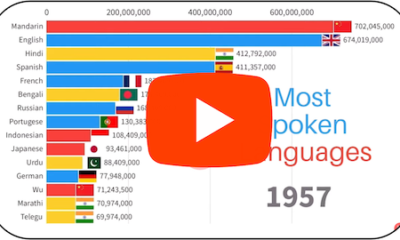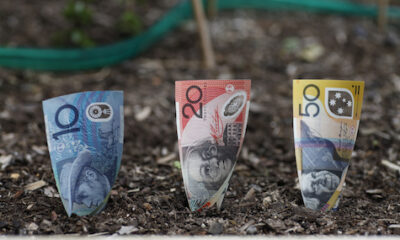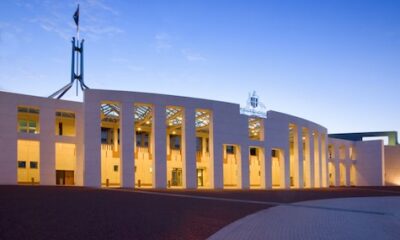Beyond share prices
Investors shouldn't overlook that there are two components to sharemarket returns – dividend yield and capital gains (or losses).

Few investors would have missed the news reports of late pointing out that although Australia's sharemarket has broken through the 6000-point mark, it's still below the record pre-GFC high. (See What's in a number? – Smart Investing, November 24.)
But looking at share price movements alone can give investors a misleading impression and encourage them to overreact to short-term market shifts and other market “noise”.
And by excessively focussing on asset price movements, investors may overlook the rewards from compounding total returns (as returns are earned on past returns) and from taking a strategic, long-term approach to investing.
Once reinvested dividends are taken into account, the performance of the Australian sharemarket in the GFC aftermath looks much better – particularly considering the benefits of dividend franking.
On 1 November, 2007, the S&P/ASX200 (prices only) closed at 6828.7 points, its pre-GFC closing high. And on 6 March, 2009, this index closed at 3145.5, its lowest close in the depths of the GFC.
By contrast on 1 November, 2007, the S&P/ASX200 accumulation index (share price plus reinvested dividends) closed at 43,094.3, its pre-GFC high. And on 6 March, 2009, this index fell to 21,298.1, its lowest point in the depths of the GFC.
Now move forward to the beginning of 2018.
On 2 January, 2018, the S&P/ASX200 Index (prices only) opened at 6065.1 points. This was still below its pre-GFC closing high yet 93 per cent above its GFC closing low.
And on the same day, (2 January, 2018), the S&P/ASX200 accumulation index opened at 60,387.4. This was 40 per cent above its pre-GFC closing high and 184 per cent above its GFC closing low.
Figures from super fund researcher SuperRatings reinforce why investors should take a disciplined, long-term approach without being swayed by day-to-day movements in asset prices.
SuperRatings estimates that $100,000 invested in a median balanced super fund on November 1, 2007 – remember that is the day when the Australian market reached its pre-GFC closing high – would have increased to $163,218 by the beginning of 2018. Critically, the total doesn't include contributions.
Written by Robin Bowerman
Head of Market Strategy and Communications at Vanguard.
15 January 2018
vanguardinvestments.com.au
Sofie Korac is an Authorised Representative (No. 400164) of Prudentia Financial Planning Pty Ltd, AFSL 544118 and a member of the Association of Financial Advisers.
Financial Advice Sydney and the North Shore Office based in Gordon NSW







